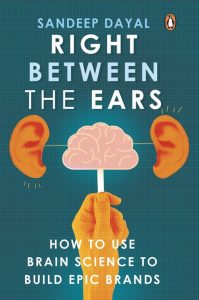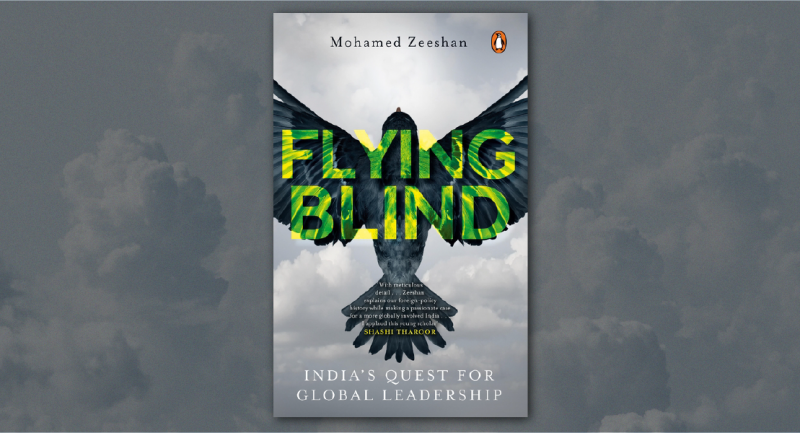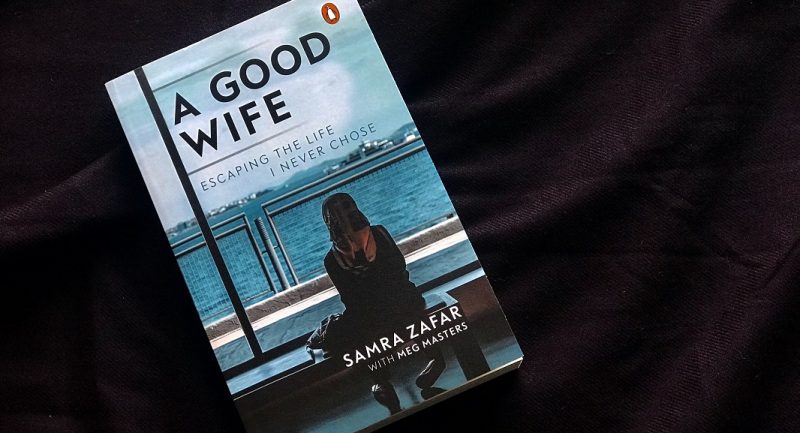
Brands, in what they show, tell, feel, smell and taste like, say a lot. Our five senses play a significant role in the recognition of a brand and how it is received by the audience. Sandeep Dayal tells how brain sciences can help brand ambassadors and brand theatres of operations engage the human senses. It would be right to say that all the cognitive brand marketers must note the finer nuances for branding that this book offers.
Let us read this extract from his book to understand that when designing and executing brand experiences, it is important to think of a plan for each sense, or at least consider its impact on them.
*

Most real-world brands have a ‘theatre of operations’ and ‘ambassadors’. They go to market through retail stores and/or a salesforce.
Sergio Zyman was the chief marketing officer of the Coca-Cola Company when they sponsored the Summer Olympics in Atlanta in 1996. Years later, I was Sergio’s chief marketing officer in his consulting company. Sergio told me that at the time when he ran the sponsorship for the Olympics, he had his teams build a thick binder called the ‘Red Book’, which was a detailed playbook for everything that Coke would do at the games. How and where Coke would be seen, who would do and say what and when, what it all meant and how it fit together in a single brand mosaic.
The Olympics would be Coke’s theatre of operation. Anyone with the red Coke shirt would be a brand ambassador, and every moment would be choreographed according to the Red Book.
When consumers step into a brand’s theatre of operations or interact with its brand ambassadors, there is an opportunity to build immersive experiences for them by engaging their five senses. The strongest brand experiences, as we learnt before, are those that are associated with other prior experiences. They are recalled more easily and better than others, last longer and feel more important to the brain. When marketers weave their brands with the human senses, they create even more associations with the experience, making it easier to recall. That’s why immersive sensory brand experiences make deep impressions on our brains.
If you walk down the Magnificent Mile in Chicago, even if you have never done that before, you can recognize the Burberry store with its trademark black-and-brown tartan cross hatches from blocks away with no help at all. The store design itself makes a statement about the brand. As you step inside, you can smell it.
During spring and summer, Zaluti scent machines diffuse the spring crocus scent and during autumn and winter, a special autumn scent. You look around and see that the wall colors are neutral with darker accents and furniture. That is deliberately orchestrated to bring to mind Burberry’s classic trench coat or tartan.
The personal shopper who greets you leaves an impression with how they look and sound, and how they gently direct you to where you want to go in the store. Every one of those sensations embody the Burberry brand.
The brand theatre of operations does not end with the store. Burberry also live-streams its runway shows, to share the excitement of decloaking new fashions as they happen with its fans worldwide, and lets them buy select new products online with its ‘see now, buy now strategy’.
Even brands like Away, Glossier, Farmer’s Dog, Made In Cookware, Lively Intimates and Everlane, which started out as pure online brands, have opened exciting stores on Lafayette Street in New York. They realized that bringing people to a brick-and-mortar store was the best way to create immersive experiences for customers—and that is what many consumers want. Virtual companies like Facebook and Google have opportunities to expand their brand theatre of operations into the real world with events and sponsorships.
**
Read Sandeep Dayal’s Right Between the Ears to get insights into the fascinating world of branding and hold on to the anchors in the age of hyper-competition by understanding why people make the choices they do and how to keep a brand relevant.









